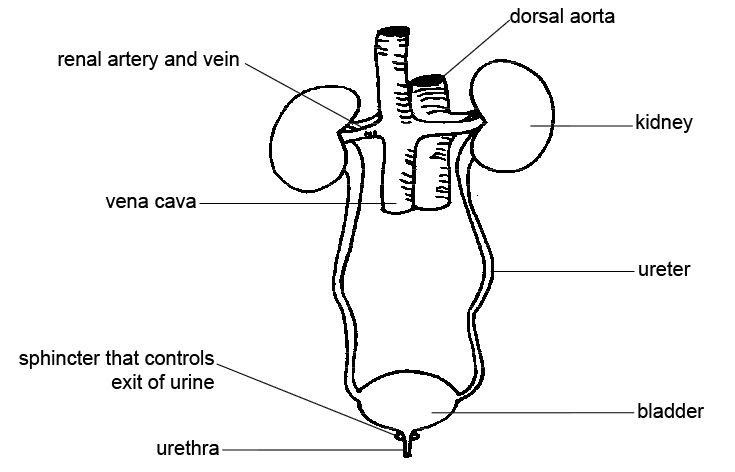Question
Question: What is Urethra?...
What is Urethra?
Solution
There are four parts to the urinary system, which is also known as the renal system or urine tract, which includes the kidneys, bladder, urethra and ureters. As elimination of body waste is important, the urinary system helps the blood volume and blood pressure to be controlled and also regularises the electrolytes, metabolites, as well as blood pH is maintained.
Complete answer:
The urethra is a narrow, thick fibrous tube that starts at the lower entrance of the bladder and travels via the pelvic and urogenital diaphragms to the external part of the body, where it is known as the external urethral orifice. In males, the urethra also links to the ductus deferens for sperm ejaculation. A sphincter at the upper end of the urethra closes the channel and keeps the urine within the bladder.
The urethra differs significantly between males and women. Due to physical gender variations in the tract, the urethra is significantly shorter in women than in males.
It is roughly 20 cm long in males since it must span the length of the penis, but it is just 4 cm long in females. In males, the urethra serves a dual role as a conduit for semen during ejaculation when engaging in sexual activity.

Image showing the Urinary System (Male) and the Urethra.
Note:
The urinary tract is the body's drainage mechanism for removing urine waste. Urine is produced in the kidneys as a result of blood filtration. The urine is subsequently transported via the ureters and stored in the bladder. Urine is transported from the bladder to the exterior of the body via the urethra during urination. A healthy person produces 800–2,000 millilitres (ml) of urine each day. This quantity is affected by fluid consumption and renal function.
